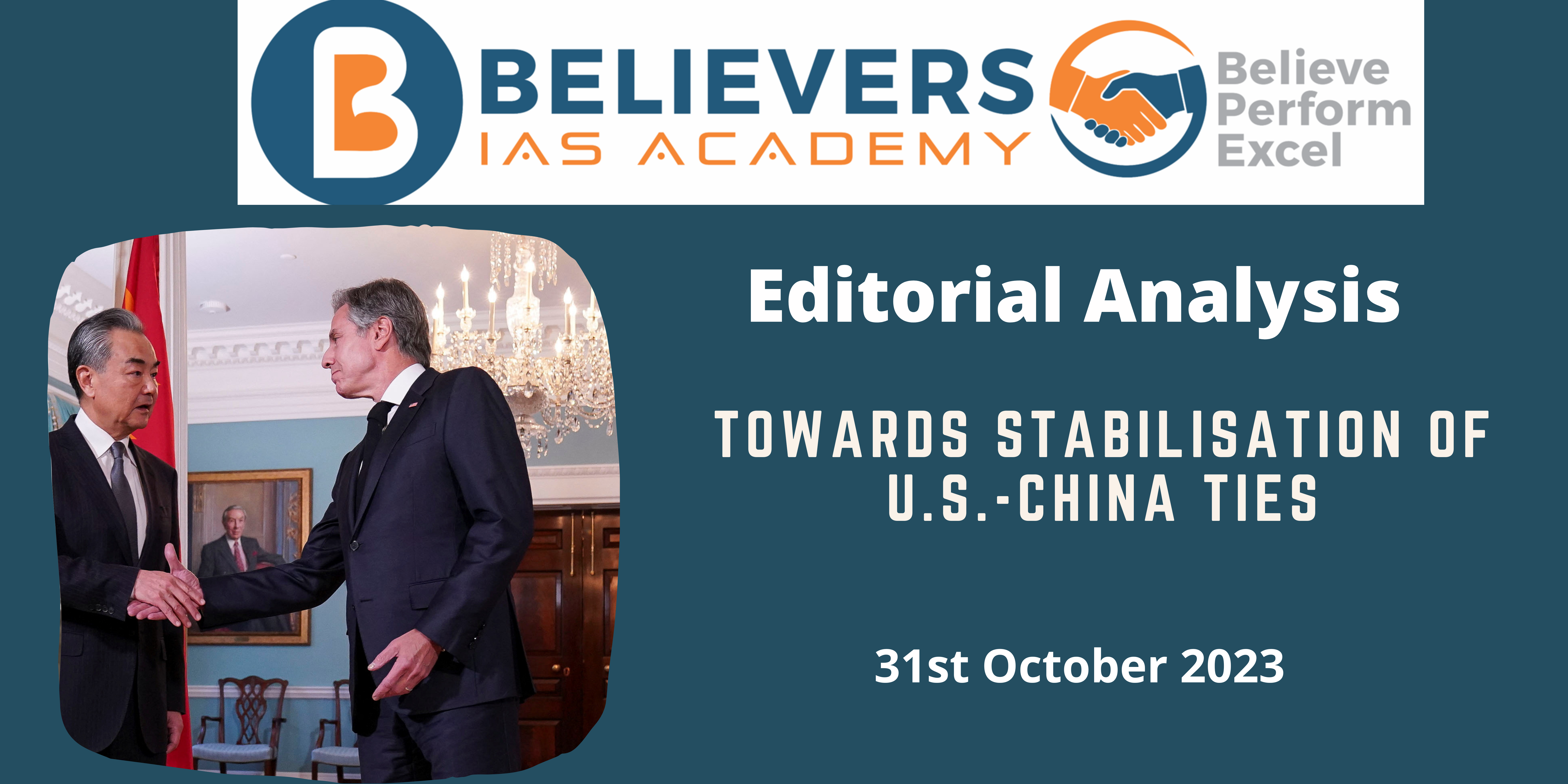India’s Myanmar quandary, its paradoxical policy
Context:
The events of July 31 and August 1 have etched themselves as crucial milestones in Myanmar’s ongoing turmoil. In the first instance, Myanmar’s acting President, Myint Swe, prolonged the ’emergency’ for another six months, flouting the 2008 Constitution. Simultaneously, the military regime decided to liberate several political detainees, reducing sentences for figures like Daw Aung San Suu Kyi and former President Win Myint.
Relevance:
GS – 02 (India and its Neighborhood, Effect of Policies & Politics of Countries on India’s Interests) (Look East to Act East)
Prelims:
- India-Myanmar Relations
- Rohingya Crisis
- Significance of Myanmar for India
- ASEAN.
Mains Question:
- Discuss the complexities and challenges faced by India in its policy towards Myanmar, considering the interplay of democracy, security concerns, and regional dynamics. (250 words)
Dimensions of the Article:
- The Dynamics of Emergency and Elections
- Complex Implications of Ms. Suu Kyi’s Shift
- Symbolic Junta Gestures and India’s Role
- India’s Approach in the Spotlight
The Dynamics of Emergency and Elections:
- The extension of the emergency postpones the military’s proposed elections. Min Aung Hlaing, rationalized this elongation due to the struggle to establish ‘normalcy’ across significant swaths of the nation.
- However, this pursuit of normalcy has inflicted hardship.
- The Armed Conflict Location & Event Data Project (ACLED) noting that Myanmar’s civilians experience two and a half times more violence compared to those in Afghanistan.
- Amidst this, the military’s unrelenting campaign includes over 30 airstrikes on average each month this year.
- The Tatmadaw, Myanmar’s military, genuinely controls only 30%-40% of the territory, as conceded by the Burmese military itself and affirmed by the Special Advisory Council for Myanmar (SAC-M) making it ironical.
- Conducting a seemingly nationwide election within a mere third of the country would only erode further the credibility of such an endeavor.
- The National League for Democracy’s decision to abstain from the upcoming elections, coupled with the exclusion of smaller parties through new party registration laws, leaves the USDP unopposed in a parliament where the military enjoys a practical veto.
Complex Implications of Ms. Suu Kyi’s Shift:
- The junta’s perplexing move to reduce Ms. Suu Kyi’s sentence and transition her from incarceration is a twist that raises questions. Yet, this action is far from a stride toward democracy.
- Ms. Suu Kyi has showcased a willingness to negotiate and collaborate with the military.
- She remains a beacon for political transformation in Myanmar, even amidst international reproach concerning her stance and involvement in the Rohingya crisis.
- While some protests might ease due to these symbolic overtures, the critical point remains:
- The return of Ms. Suu Kyi might splinter the resistance led by the National Unity Government (NUG). A new generation of activists, at the helm of the NUG, has forged alliances with ethnic armed groups and even initiated dialogue with the Rohingya population.
Symbolic Junta Gestures and India’s Role:
- These symbolic gestures by the junta, could pacify certain protests, allowing the military to claim progress over global and regional appeals.
- This might pave the way for sanctions to be lifted and economic prospects rejuvenated.
- In addition, they serve as political leverage and a face-saving token for entities engaged with the junta, including India.
India’s Approach in the Spotlight:
- At the onset of the COVID-19 pandemic and the coup, India embraced a proactive stance, extending food and vaccine assistance.
- The plight of the Myanmar populace seems to have faded from memory, replaced by accusations of fomenting unrest in Manipur. Communities along the border have dared to defy the Home Ministry by offering refuge to refugees.
- The suspension of the Free Movement Regime in September 2022 due to concerns of trafficking and drug trade in Myanmar has also been a noteworthy development.
- India’s External Affairs Minister, S. Jaishankar, voiced concerns over infrastructure projects and border stability when meeting his Myanmar counterpart Than Swe in Bangkok in July.
- Furthermore, India has extended support to the Association of Southeast Asian Nations’ ‘Five-Point Consensus’. Yet, India’s policy toward Myanmar straddles a paradox.
- India’s official discourse championing democracy in Myanmar contrasts starkly with its policy constructed through the prism of security apprehensions in northeastern India and its complex rapport with China.
- A case in point is India’s announcement of the Sairang-Hmawngbuchhuah railway project near the Myanmar border, conceived under India’s Act East Policy to counterbalance China’s railway connectivity in Myanmar via Yunnan and the ambitious China-Myanmar Economic Corridor.
- Disturbingly, credible sources like Justice for Myanmar, SAC-M, and the United Nations Special Rapporteur have flagged a surge in India’s arms supply to the military post-coup. This supply not only undermines India’s stance on restoring democracy but also fans the flames that frequently spill across the border.
Way Forward:
India’s policy options concerning Myanmar are intricate but not insurmountable. The reduction of Ms. Suu Kyi’s prison term could provide a window for India to engage with her and pro-democracy actors, including the NUG. Additionally, both the government and the media must refrain from an across-the-board militarization and profiling of incoming refugees, many of whom have familial ties in India. This approach is pivotal to curbing further violence and fostering an atmosphere of empathy and benevolence.




